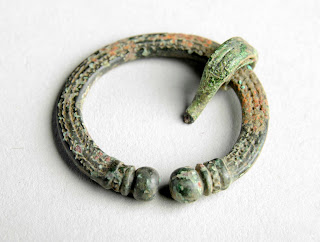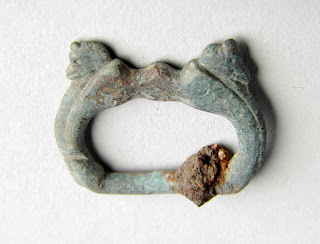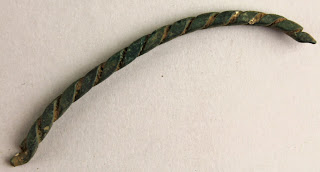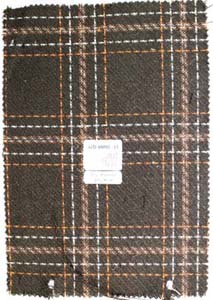A news cutting from the Leeds Times of 9th December from our collections describes scenes of near hysteria surrounding the visit to the city of Swedish soprano Jenny Lind. In July 1847, she starred in the world première of Verdi’s opera I masnadieri at Her Majesty’s Theatre. Lind, by now dubbed ‘The Swedish Nightingale’, then embarked on a tour of the English provinces, including Leeds.
 |
| Cutting from the Leeds Times, 9th December 1848 |
The Leeds Times reported that following the concert: ‘So great was the multitude assembled in the street to catch a glimpse of Jenny Lind that a strong body of police was obliged to interfere, and it was some time ‘ere the street could be sufficiently cleared for the carriages to pass.’
But what, if anything, does all this have to do with Leeds industrial history?
A key exhibit in the recently re-developed orientation space at Leeds Industrial Museum is the very fine model of locomotive number 287 of the ‘Jenny Lind’ class built from 1847 by E. B. Wilson & Company of Leeds for the London, Brighton & South Coast Railway.
 |
| The ‘Jenny Lind’ locomotive model at Leeds Industrial Museum |
The model was built by a Mr Thomas Dixon of Bramley and presented to Leeds City Museum by his granddaughter Mrs A. E. Sinclair. It is thought to have been completed in around 1895. According to the donor, Mr Dixon had ambitions to work for the railways, which were thwarted by pressure to work for his family’s wheel wrighting business.
It is believed that Mr Dixon constructed the majority of the model’s components himself, with the exception of the wheels, dome and funnel. Mr Dixon’s son Harry is recorded as remembering the locomotive running. As far as can be ascertained, the model was accepted into the museum’s collection without a tender.
E. B. Wilson & Company of Leeds:
The story of the Leeds company E.B. Wilson is highly significant in the history of early locomotive building. Extracts from the diaries of Wilson’s Chief Draughtsman David Joy were published by the Railway Magazine in 1908. These provide a fascinating insight into the development of the ‘Jenny Lind’ class of locomotive and its success with many contemporary railway companies.
As much as possible, E.B. Wilson sought to standardise production of the ‘Jenny Lind’ class, charging railway companies a premium for alterations to designs. Over 70 of the class of locomotives were built, with 24 being purchased by the Midland Railway. There is, however, some debate about whether Joy, James Fenton or even E.B. Wilson were responsible for the design of the ‘Jenny Lind’ locomotive.
 |
| Jenny Lind, soprano |
Joy’s diaries were published by the Railway Magazine (1908, volumes 22 & 23). These contain some fascinating snippets on the development of the Jenny Lind locomotives. Here are a few extracts:
May 1847
‘First Brighton engine was called "Jenny Lind" after the famous singer, "Jenny Lind," who was making a great excitement in London. I made a very highly finished drawing 1 in. to 1 ft. of her (the engine, not Jenny), which was lithographed, and sent about’
May 1847
‘In these wild days there was one driver especially attached to Railway Foundry, one Jack Hemsworth, also called "Hell fire Dick," but he dare do anything, and was a splendid driver. He was one of the first contract men - in the days when real coke saving was begun.
At this time the "Jenny" had become a very popular engine, and we were building for very many railways as well as the Brighton, especially for the Midland, and on this line it was decided to have a trial of a 6 ft. "Jenny" against an ordinary Midland engine . . .’
| The ‘Jenny Lind’ model locomotive made by Charles Wilson |
We have another model of a Jenny Lind class locomotive (see above), built by Mr Charles Wilson, a driver with the Leeds & Thirsk Railway. This particular model is believed to have featured in the 1851 Great Exhibition at Crystal Palace. Given the prototype ‘Jenny Lind’ was built in 1847, this is a remarkable near-contemporary model and one object which certainly deserves to emerge from its secret life!
 |
| ‘Jenny Lind’ model, National Railway Museum (Photo: John Clarke) |
With the ‘Swedish Nightingale’ visiting Leeds in December 1848, at the height of her powers, it would be fascinating to know how far the decision to name the locomotive after her was influenced by her forthcoming visit to Leeds.
By Curator of Industrial History John McGoldrick











































